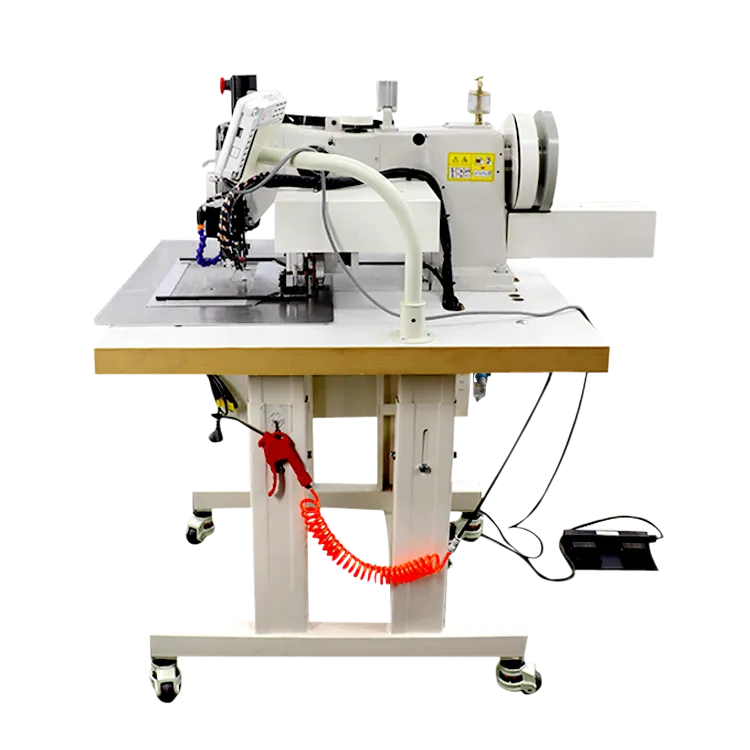Understanding the Distinctions Between Overlock and Coverstitch Machines for Seam Finishing
When exploring the realm of sewing and garment construction, two commonly encountered types of stitching machines are overlock and coverstitch machines. While both serve essential functions in finishing edges and seams, they differ significantly in their design, purpose, and the types of stitches they create.
When exploring the realm of sewing and garment construction, two commonly encountered types of stitching machines are overlock and coverstitch machines
. While both serve essential functions in finishing edges and seams, they differ significantly in their design, purpose, and the types of stitches they create.On the other hand, a coverstitch machine is used primarily for finishing hems and adding decorative touches to garments. Coverstitch machines create stitches that look similar to traditional topstitching on the outside but provide a secure, flexible seam on the inside, making them ideal for items that require stretch, such as activewear and casual garments. Unlike the overlock machine, a coverstitch does not trim the fabric; rather, it forms a loop of thread that secures the hem while allowing for a neat finish on both sides of the fabric.
what is the difference between overlock and coverstitch

In summary, while both overlock and coverstitch machines play pivotal roles in sewing, they serve different purposes. The overlock machine excels at finishing raw edges and preventing fraying, making it indispensable for a wide range of sewing projects. The coverstitch machine, however, is essential for hemming and creating flexible seams that need to endure stretch. Together, these machines can elevate the quality of garment construction, facilitating professional finishes that enhance durability and aesthetic appeal.
Choosing between an overlock and a coverstitch machine often depends on the type of sewing project at hand. For those who primarily sew woven fabrics and are looking for a means to finish edges, an overlock machine is the go-to choice. Conversely, for projects that involve knits or require professional-looking hems, investing in a coverstitch machine can be incredibly beneficial. Understanding the differences between these two machines empowers sewists to make informed decisions, leading to better-finished garments and a more enjoyable sewing experience.
-
Boost Production Efficiency with a Pattern Sewing MachineNewsAug.29,2025
-
Industrial Excellence with the Best Heavy Duty Sewing MachineNewsAug.29,2025
-
Precision and Power with the Best Pattern Sewing MachineNewsAug.29,2025
-
Reliable Bulk Packaging Starts With the Right FIBC Sewing MachineNewsAug.29,2025
-
Advanced Packaging Solutions: Elevate Productivity with Jumbo Bag Sewing Machine and Industrial Stitching EquipmentNewsAug.29,2025
-
High-Performance Solutions for Bulk Packaging: FIBC Sewing Machine and MoreNewsAug.29,2025
-
Maximize Efficiency with an Industrial Cylinder Arm Sewing MachineNewsAug.28,2025


























